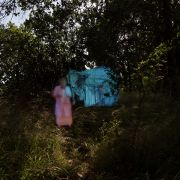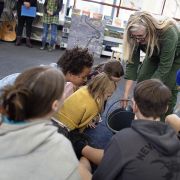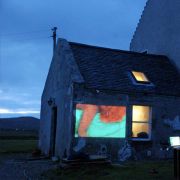Deb Bain-King
Artist Essentials
- Contact Artist
- Artist Website
- Phone: +61428538090
Australia New Zealand
Australia New Zealand
I am an artist living in Naarm (Melbourne) Australia. My work emerges from walking, a consideration of place, and draws on the inter-connectedness of living things, environment and community.
I have been making and showing works of art both in Naarm (Melbourne), and overseas for almost twenty years, as an artist, community activist and curator.
'I unearth lost stories of place through walking and talking to the people I meet. Stories help make sense of who we are and where we've come from. Stories of place are particularly important when people settle in an unfamiliar environment, such as in a city. They help us understand the cultural systems of our new community, make clear what is valued and how to fit in. They show us how to meld our identity so as to encourage relationships and a sense of belonging to place. They also help us understand the things that are worth protecting and how together we can do just that.'
'My art practice is about finding connection to place and community. I aim to bring feeling, knowledge and experience into a shared awareness. I do this with ritual, performance, community events, gift giving, photography, video and drawing ' - DBK
I acknowledge the Traditional Owners of the land, the Wurundjeri Woi Wurrung and Bunurong peoples of the Kulin Nation and pay our respect to their Elders, past, present and emerging. Always was always will be Aboriginal Land





